Consider my test dataframe:
df =pd.DataFrame([['ACME Factory','ACME Factory Inc.'],['CME Factory Inc.','CMEA Factry'],['ATHMA Inc.','Cypress Hill CO.']],columns=['Vendor','Company'])
df['Score'] = np.array(fuzz.ratio(df['Vendor'].values[0],df['Company'].values[0]))
Vendor Company Score
0 ACME Factory ACME Factory Inc. 83
1 CME Factory Inc. CMEA Factry 83
2 ATHMA Inc. Cypress Hill CO. 83
Obviously my score calculation is wrong, I believe it is due to the problems I had while installing python-Levenshtein,
which is a dependence for the proper work of fuzzywuzzy library. But I could get rid off the:
ValueError: The truth value of a Series is ambiguous. Use a.empty, a.bool(), a.item(), a.any() or a.all().
That I could successfully reproduce.

What I don't know is how will be the performance for all these cast conversions (.values[0])
With .values you get only the data from the datframe, but it comes inside of a list and using the [0] you get the string out of the list.
Tell me if it works for you.
ShadyMBA suggestion:


